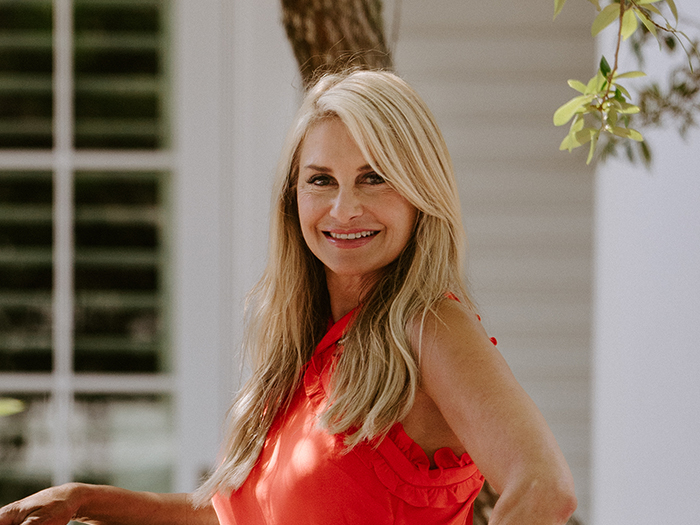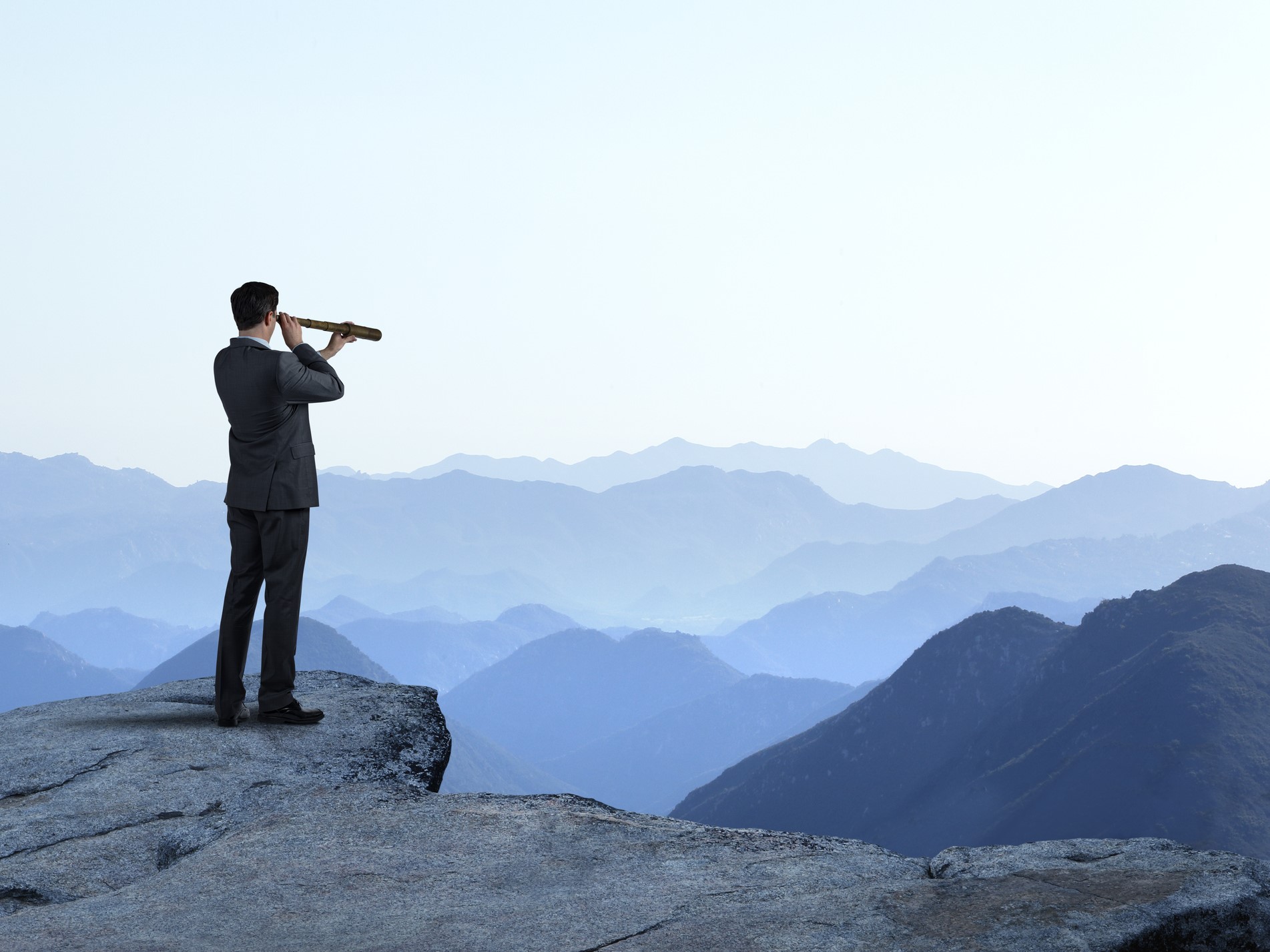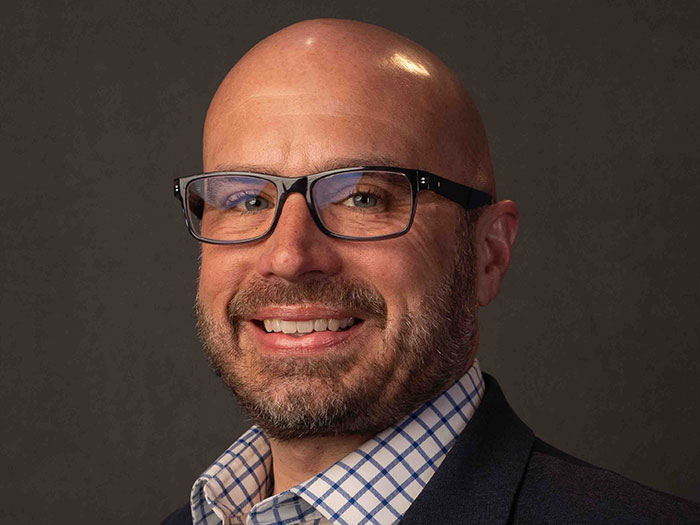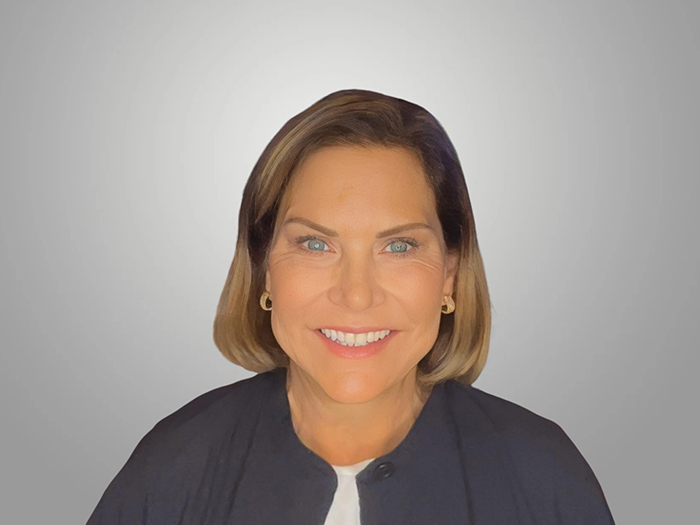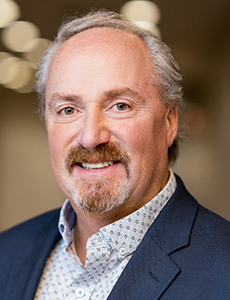The Profession
Paul Piazza
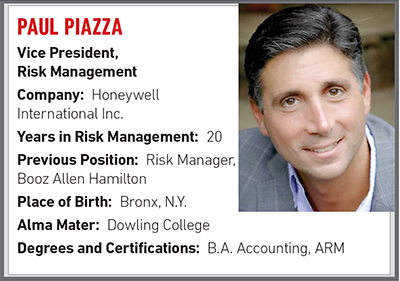
R&I: What was your first job?
At 15, I worked as a dishwasher in an Italian restaurant. I was eager to earn money to save for a car. After months of saving and countless clean plates, I finally purchased my first car from a retired New York City police officer. Little detail was paid to the fact that it was likely a used squad car since it came equipped with the shiny cage between the front and back seats. Dates were interesting.
R&I: How did you come to work in risk management?
I was an underwriter for a major insurance carrier. I traveled to Boston to attend a seminar where a Risk Manager was giving a presentation.
I was intrigued by Risk Management; it seemed like an opportunity to have exposure to all aspects of the insurance industry – claims, litigation, risk and underwriting. I didn’t want to limit myself to one area of insurance, so I decided to pursue a career in the Risk Management field.
R&I: What is the risk management community doing right?
There are many positive developments in risk management. Recognition from the C-Suites has helped foster a strong environment for growth. Additionally, senior management has demonstrated a genuine interest in not only what we do, but how we can have a major financial impact on our corporations.
R&I: What could it be doing a better job of?
There is always room for growth. When I attended college, I did not really appreciate a possible career in Risk Management. I think we could do a better job at attracting candidates and exposure to the Risk Management field at the collegiate level.
R&I: What was the best location for the RIMS conference and why?
Los Angeles. It’s a triple threat: location, weather and endless opportunities.
“Working with risks for the aerospace, oil and gas, chemical and automated control businesses — to name a few — is extremely challenging and rewarding.”
R&I: What’s been the biggest change in the risk management and insurance industry?
The position is now recognized much more as a financial function as opposed to a human resources or legal function. Risk managers have more direct exposure to CFOs, treasurers and controllers.
R&I: What emerging commercial risk most concerns you?
Cyber risk, social phishing, and terrorism are all major risks. It’s an unpredictable world, and it’s a 24-hour job to ensure that I’m protecting my company’s assets and managing its exposures.
R&I: Which insurance carrier do you have the highest opinion of?
I have a high opinion of several carriers, and it would be difficult to choose, since each specializes in their own field. I always look for strength in customer service; and the ability to underwrite the tough risks.
R&I: Is the contingent commission controversy overblown?
Not in my opinion. I believe that all financial transactions should be as transparent as possible. We compensate our brokers directly, and contingent commission is not acceptable in our insurance placements.
R&I: Are you optimistic or pessimistic about the U.S. economy and why?
I am cautiously optimistic about the future of the US economy. History has taught us that our financial economy can survive and flourish after major lifetime events.
“I had the opportunity to drive a professional race car at the Dover Speedway in Delaware.”
R&I: Who is your mentor and why?
Agnes Woros was the former director of risk management for Barnes & Noble. Agnes was a tremendous mentor when I started in the risk management field. She taught me how to manage the markets and take calculated risks. Ironically it was Agnes who recommended that I accept the position at Honeywell. Best career advice to date.
R&I: What is about Honeywell that makes working there so great?
There are numerous reasons why I relish the opportunity to work at Honeywell. Consistently, out of any major conglomerate around the world, Honeywell has one of the most diverse listings of products and exposures. Working with risks for the aerospace, oil and gas, chemical and automated control businesses — to name a few — is extremely challenging and rewarding.
R&I: What accomplishment are you proudest of?
My family. A career in risk management would not be possible without their support. Also when I was promoted to vice president of risk management at Honeywell. I am also very proud of our risk management team.
R&I: How many emails do you get in a day, and how many do you answer?
On average, I receive about 120 to 200 emails a day. I strive to answer 75 percent of those, or until the charge on my iPhone wears out.
“The physicians who volunteer for Doctors without Borders are heroes.”
R&I: What is your favorite book or movie?
I have a 12-year-old son who was assigned “Catcher in the Rye” as a required reading. I dusted off my copy as well. It is amazing what you can learn reading it again as an adult.
R&I: What’s the best restaurant you’ve ever eaten at?
Il Mulino’s in New York City.
R&I: What’s your favorite drink?
Chianti or a Super Tuscan wine from the Tuscany region in Italy.
R&I: What’s the most interesting place you’ve ever visited?
The Costa Rican rainforest. I was on my honeymoon and it was the only activity I choose and well worth it.
R&I: What’s the riskiest activity you’ve ever engaged in?
I had the opportunity to drive a professional race car at the Dover Speedway in Delaware.
R&I: If the world has a modern day hero, who is it and why?
The physicians who volunteer for Doctors without Borders are heroes. They deliver medical aid to countries in the midst of financial and social turmoil. These doctors are the true risk managers. They risk their own lives to save others and help solve world health crises.
R&I: What do your friends and family think you do?
Most of my friends and family think I work as a financial executive for Honeywell. If you were to ask my kids, I’m the person who knows how to fix the thermostat. It’s programmable, and this winter, my daughter insists on setting it to 74 degrees. Inevitably, I have to reprogram the system. She insists that “Dad knows how to fix the thermostat because he works at Honeywell.”





